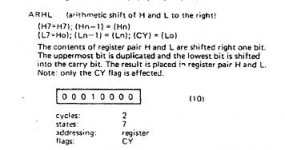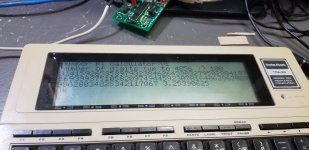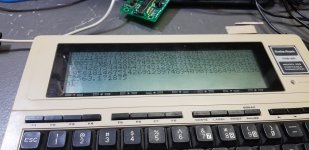I have just made the code for CP/M-80. However as I know, the Altair has no any hardware to measure timings and therefore my code can't measure time. So I can't include the Altair 8800 results in my project (there is also sources location).Great project congrats, would love to see the Altair included .
BTW it is interesting that the 8080 code gives about 73% speed of the z80 code. I ran both codes on the same the z80 based computer.




